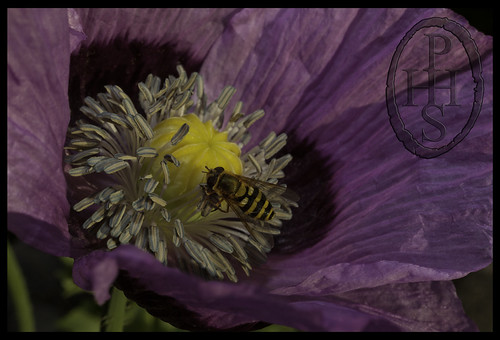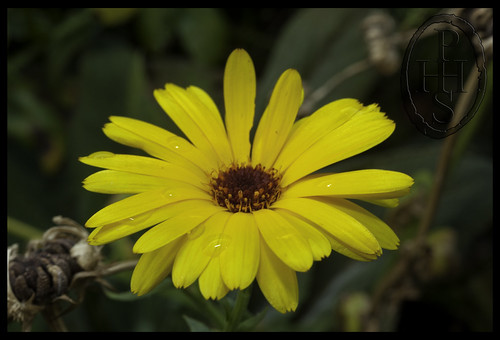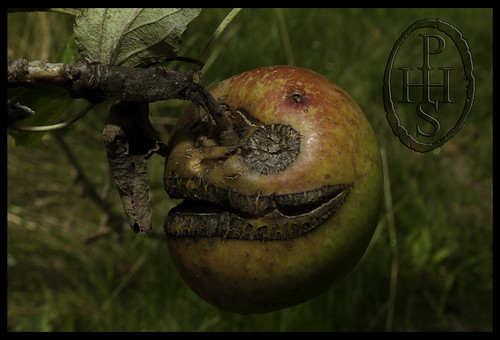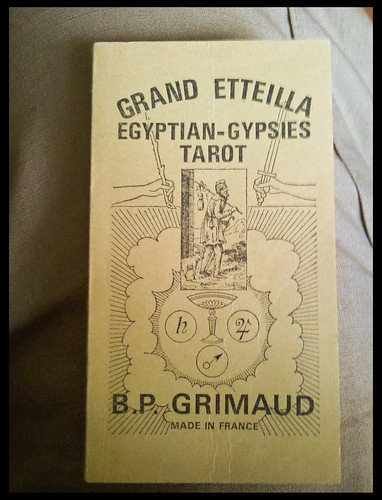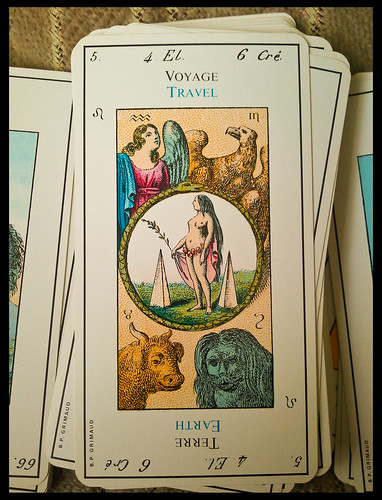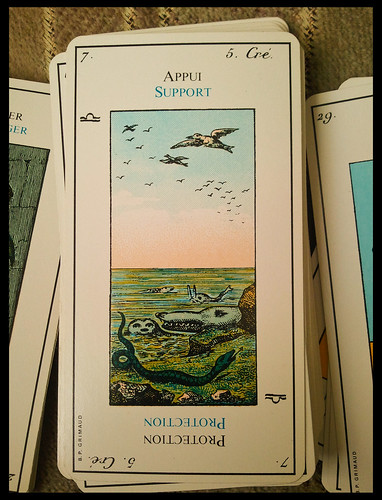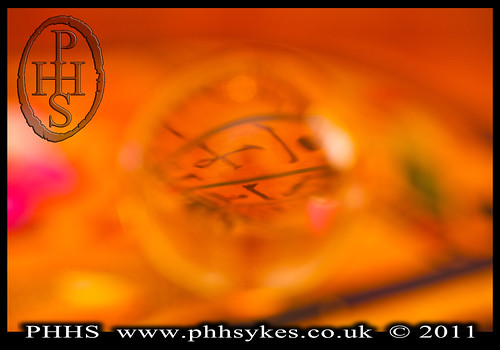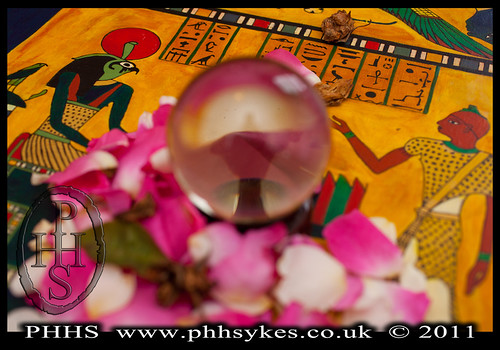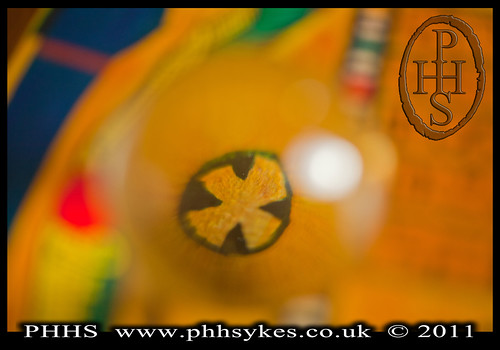A
few flowers and weeds, some fruits and seeds.
This is a photographic record of the wonders of nature both cultivated
and wild. These pictures record a garden
and pasture in South Yorkshire in the United Kingdom. September can be a surprisingly colourful
month full of natural blooms, or it can begin to show the undoubtable decline
into the bleak rigours of winter. When
the sun shines it as if summer might never end and yet there is often a chill
in the wind that promises snow and ice.
So it is time to gather in the harvest and celebrate for that which has
blossomed for us this year and for that which will preserve us through the
coming winter.
The pictures here were created with a Canon 50mm
macro lens on 5D Mark II. The lighting
was a brand new experiment for me. I
used a DÖRR DAF 42 Power Zoom. This
wonderful flash gun is equipped with an in built diffuser and manually
adjustable zoom and power settings. The
control over light is quite superb. When
using macro lenses I have often experimented with various light sources to
create effects. Some of the best results
are subtle transformations that allow pictures to reveal themselves to the
viewer without the viewer considering the efforts that have created the visual
effects. The DAF 42 has an inbuilt slave
function and that is superb for off camera lighting which gives stunning
results. The DAF 42 is not feature
packed like the Canon 580EX II Speedlite but it has some praise
worthy points that are not available with the 580 EX II such as the diffuser screen
and the slave function. The light settings
on the Canon offer much greater low light control. The two guns offer a great combination if you
want a second unit, or have more than one body that needs a connected light
source.
September
is a good time to record the last blooms and ripe blossoms. The onset of winter creates a final surge
from nature and this finale creates unusual fruits. I like to take pictures of the strange shapes
that grow perfectly well alongside the supposedly standard forms. The cold nights start to get plants to settle
into their dormant phases even as they are still blossoming. The flowers are retreating and seeds are
drying out on the stem ready to begin the cycle the again. This is a great time to see the descent of the
sap energy retreating into the soil.
This retreat is no set back it is a part of the way forward for without
retreat at this time there will be a lesser return when the spring calls out
for the sap to rise again.
